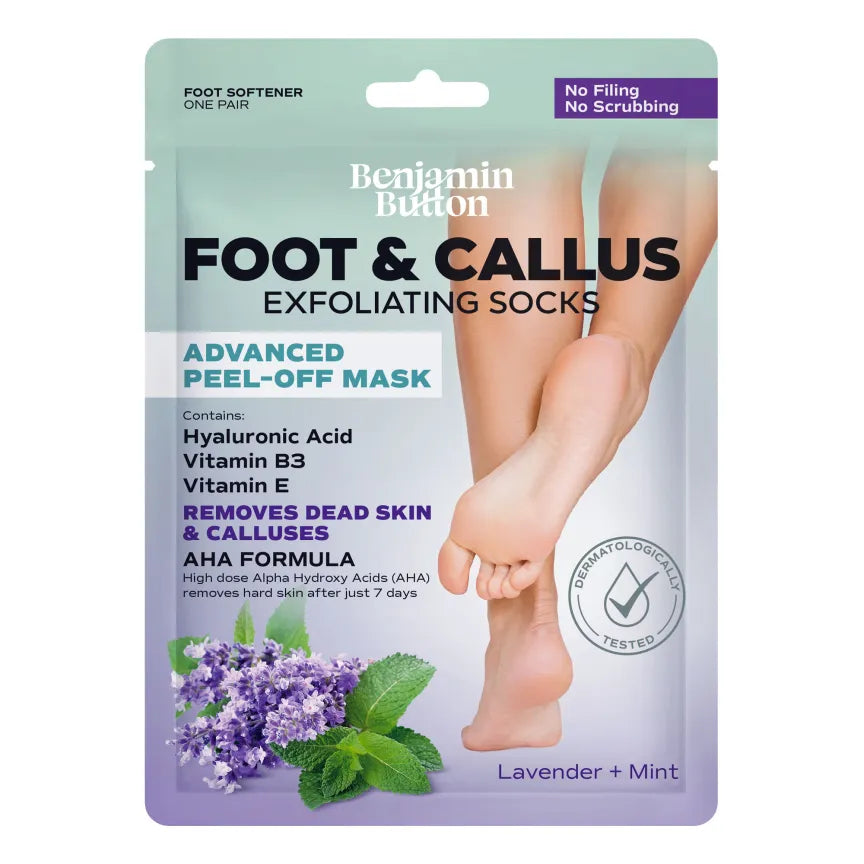6 Strategies Therapists Use to Maintain Calm in Chaos
In an increasingly chaotic world, therapists are often called upon to foster serenity amidst turmoil. Their role requires not only assisting clients in managing their emotional landscapes but also embodying that calm themselves. Here are six strategies that therapists employ to maintain their composure during chaotic situations.1. Mindful Breathing Techniques
One of the fundamental tools in a therapist's toolkit is mindful breathing. This method focuses on the breath as an anchor, helping both therapists and clients ground themselves in the present moment. Here are some effective techniques:- Deep Belly Breathing: Inhale deeply through the nose, allowing the abdomen to expand, then exhale slowly through the mouth.
- 4-7-8 Breathing: Inhale for a count of four, hold the breath for seven, and exhale for eight.
- Box Breathing: Inhale for four counts, hold for four, exhale for four, and pause for four counts before repeating.
2. Creating a Safe Space
A therapist's environment plays a significant role in how calm they feel and how effectively they can help clients. Creating a safe and relaxing space is crucial. Here are some elements to consider:- Warm Lighting: Soft, adjustable lighting can create a soothing atmosphere.
- Comfortable Seating: Ensuring that both the therapist and clients have comfortable seating promotes relaxation.
- Sensory Elements: Incorporating plants, soothing colours, and calming scents can enhance tranquillity.
3. Setting Boundaries
Therapists often work in challenging environments where emotional demands can become overwhelming. Setting boundaries is a crucial strategy for maintaining calm. This can be achieved through:- Defining Work Hours: Sticking to scheduled appointments helps ensure that therapists maintain a work-life balance.
- Limiting Client Load: Balancing the number of clients ensures that burnout is avoided.
- Establishing Emotional Boundaries: Learning to emotionally distance oneself from clients’ experiences while remaining empathetic is key.
4. Continuous Education and Professional Development
Staying informed about the latest therapeutic methods and emotional management techniques significantly contributes to a therapist's composure. Engaging in continuous education helps in several ways:- Enhancing Skills: Attending workshops and training sessions can improve therapeutic skills and introduce new calming methodologies.
- Reducing Anxiety: Knowledge reduces uncertainty, which can often lead to anxiety in chaotic situations.
- Networking: Connecting with fellow professionals can offer support, share insights and provide a sense of community.
5. Practising Self-Care
A therapist's ability to tackle tumultuous situations is often contingent upon how well they care for themselves. Self-care strategies include:- Regular Exercise: Maintaining physical health through exercise can significantly enhance mental well-being.
- Mindfulness Practices: Engaging in yoga or meditation provides essential time to focus on self and recharge.
- Scheduled Downtime: Allocating time for leisure activities fosters relaxation and prevents burnout.
6. Engaging in Supervision and Peer Support
Peer support and supervision are vital for therapists as they navigate the emotional challenges of their work. Engaging in these practices can provide the following benefits:- Perspective: Discussing cases with peers can offer fresh insights and relieve feelings of isolation.
- Emotional Support: Knowing that there are others who face similar challenges helps in mitigating stress.
- Accountability: Regular supervision can enhance professional accountability and encourages therapists to stay grounded in their practice.
Therapists operate in emotionally charged environments where chaos can easily seep in. By employing these six strategies—mindful breathing, creating a safe space, setting boundaries, continuous education, practising self-care, and engaging in supervision—they not only preserve their calm but also enhance the therapeutic experience for their clients. Embracing these approaches can lead to more effective practice and a healthier, more serene work-life.






















